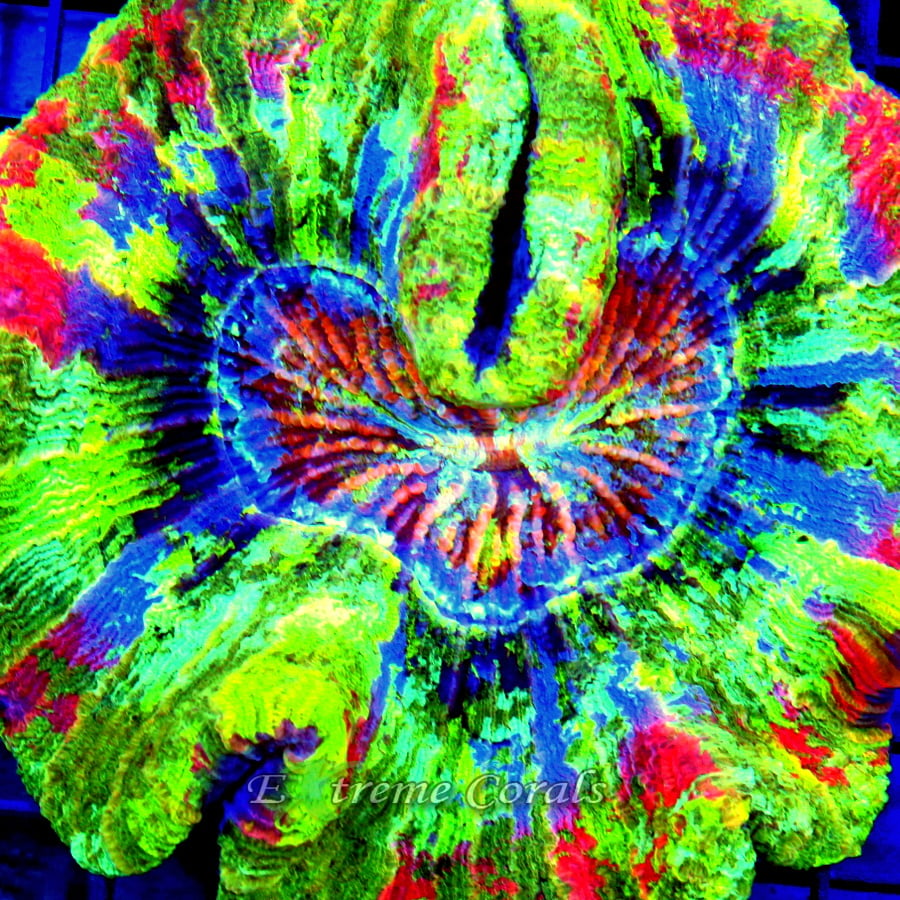Extreme Corals News and Updates
The Role of Wellsophyllia Corals in Reef Ecosystems and Their Environmental Importance
Wellsophyllia Corals: Reef Pillars Nurturing Marine Life
Embark on a journey into the underwater realm of Wellsophyllia corals, where these magnificent creatures serve as protectors of reef ecosystems and biodiversity. Delve into their habitat, interactions, and conservation challenges, revealing their pivotal role in sustaining marine life. Explore the delicate balance they maintain in coral reefs, underscoring their significance for the health and longevity of our oceans.
by scott Shiles • March 22, 2024
What are Wellsophyllia Corals?
Wellsophyllia corals are large polyp stony corals that belong to the family Mussidae. These corals have fleshy, colorful tissue covering a hard skeleton. They are known for their large, non-branching, dome-shaped structures. Wellsophyllia corals are essential components of reef ecosystems due to their ability to provide shelter and food for various marine species.
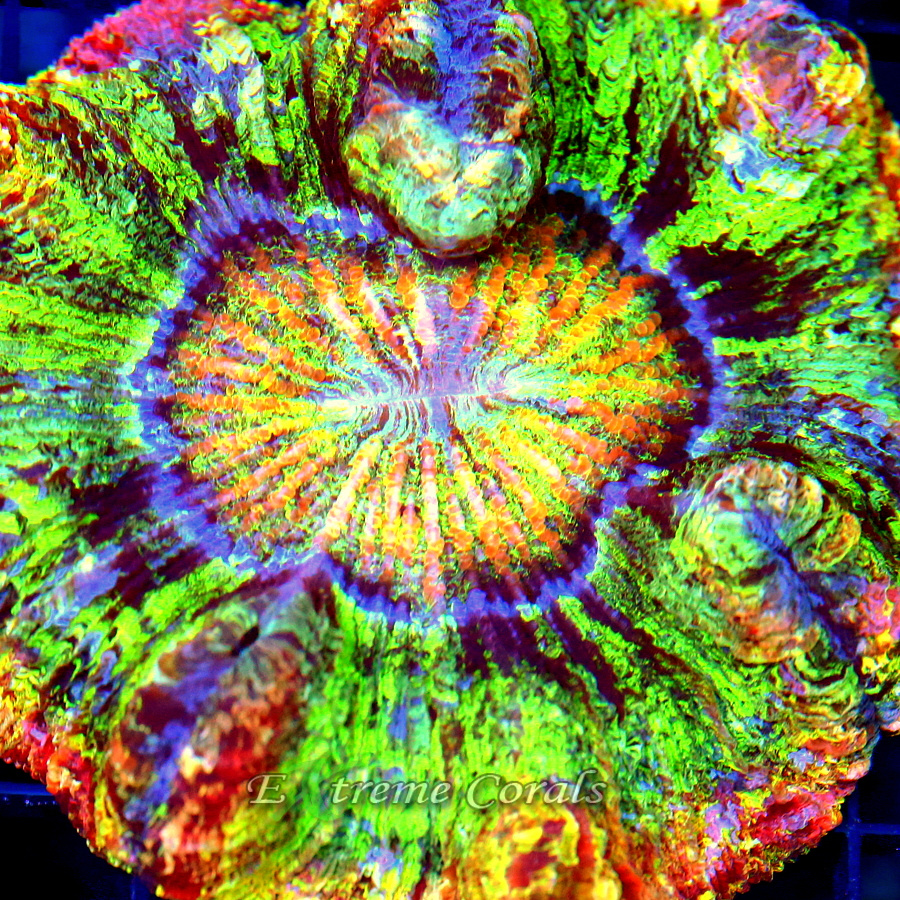
Habitat and Distribution of Wellsophyllia Corals
Wellsophyllia corals are commonly found in various parts of the world's oceans, including the Pacific and Indian Oceans. These corals are known to thrive in tropical waters with moderate to strong currents, typically at depths ranging from 15 to 60 feet. Wellsophyllia corals prefer habitats with ample sunlight to support their photosynthetic symbiotic algae. Additionally, these corals are often spotted in shallow reef areas with clear, nutrient-rich waters, where they play a crucial role in maintaining the biodiversity and health of coral reef ecosystems.
Importance of Wellsophyllia Corals in Reef Ecosystems
Wellsophyllia corals play a vital role in reef ecosystems by providing shelter and food for various marine creatures. These corals help maintain the balance of the ecosystem by supporting biodiversity and promoting the overall health of the reef. They contribute to the reef's structural integrity and help create a habitat for other organisms to thrive. Wellsophyllia corals also play a crucial role in promoting nutrient cycling and oxygen production within the reef environment. Their presence is essential for the stability and sustainability of reef ecosystems.
Wellsophyllia Corals and Biodiversity
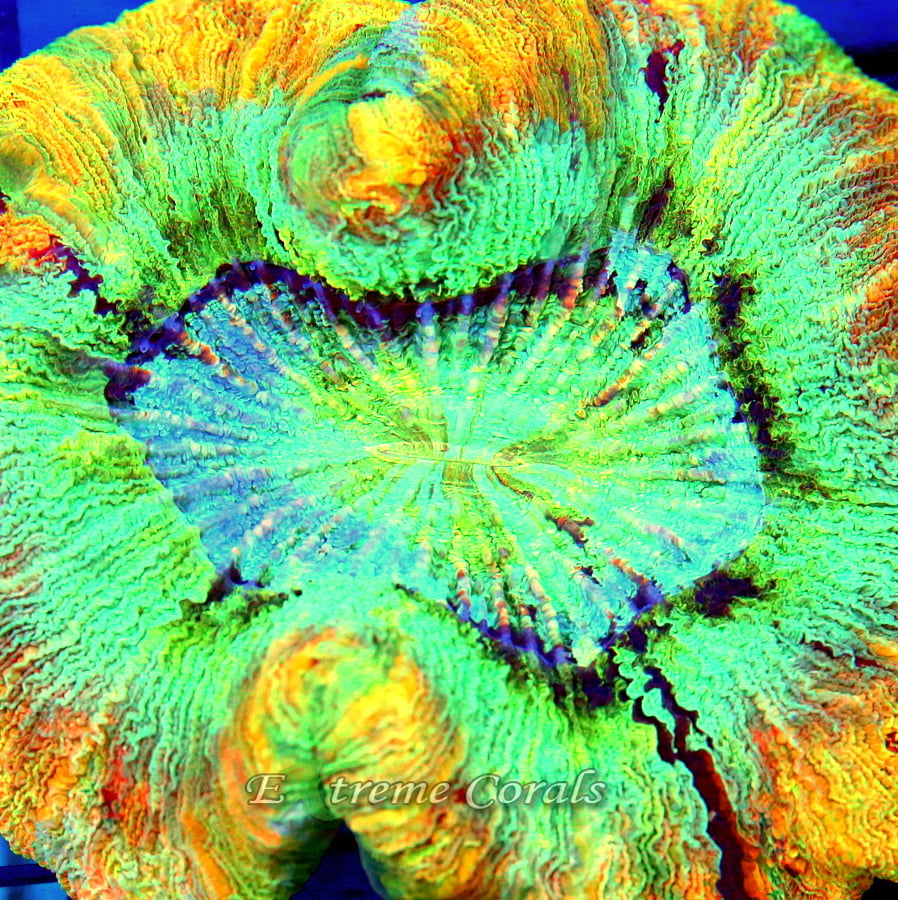
Wellsophyllia corals play a crucial role in reef ecosystems by supporting biodiversity. These corals provide habitats for various marine creatures, contributing to the overall health and richness of the ecosystem. By offering shelter and food sources, Wellsophyllia corals help maintain the balance of species in reefs. Their presence is vital for the survival of numerous marine organisms, making them an essential part of the underwater environment.
Environmental Threats Facing Wellsophyllia Corals
Pollution, climate change, and overfishing are the main environmental threats facing Wellsophyllia corals. These corals are sensitive to changes in water quality and temperature, making them susceptible to damage from pollution and warming ocean temperatures. Overfishing also disrupts the delicate balance of reef ecosystems, impacting the health and survival of Wellsophyllia corals in their natural habitats.
Conservation Efforts for Wellsophyllia Corals
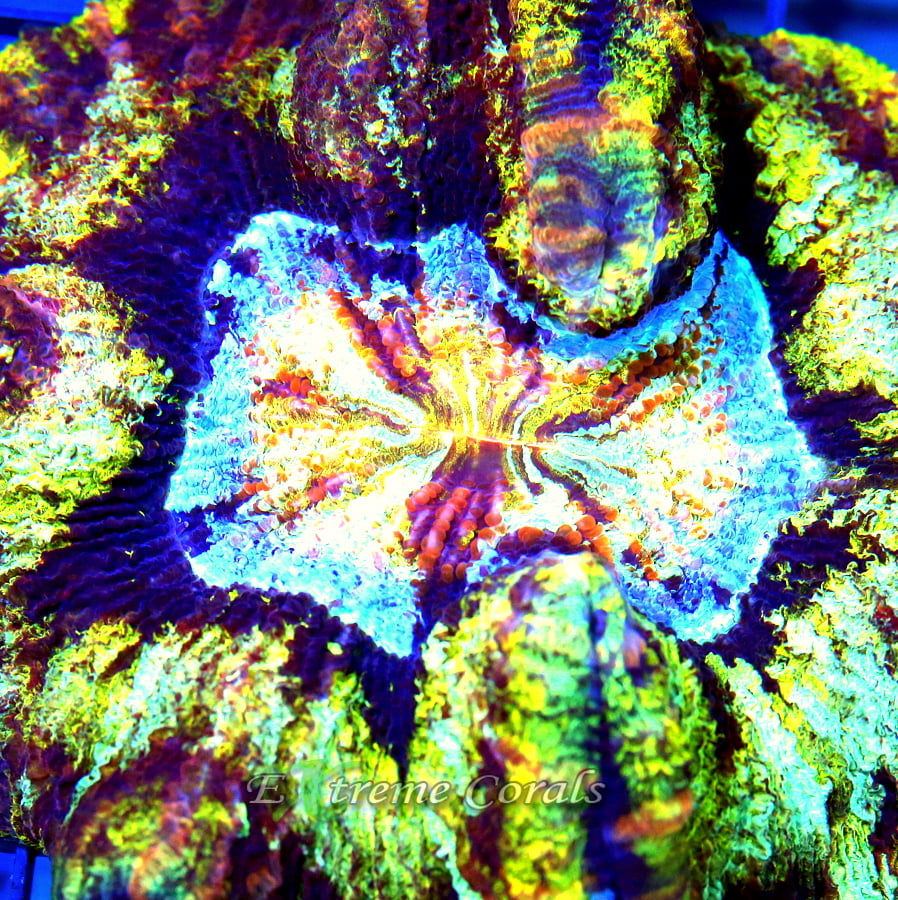
Currently, Wellsophyllia corals face threats due to factors like climate change, pollution, and overfishing. To protect these corals, conservation efforts focus on establishing marine protected areas, implementing sustainable fishing practices, promoting reef-friendly sunscreen use, and raising awareness about the importance of Wellsophyllia corals in reef ecosystems.
Reproduction and Life Cycle of Wellsophyllia Corals
Wellsophyllia corals reproduce by releasing eggs and sperm into the water, where they fertilize and form larvae. These larvae eventually settle on the ocean floor and develop into mature coral colonies. Wellsophyllia corals have a complex life cycle that involves both sexual and asexual reproduction. Asexual reproduction occurs through budding, where new corals grow from the original colony. This process helps Wellsophyllia corals spread and populate reef ecosystems.
Interactions with Other Reef Organisms
Wellsophyllia corals interact with many other organisms in the reef ecosystem. They provide shelter and food for small fish and invertebrates. The corals also compete for space with other coral species, influencing the overall biodiversity of the reef. Some symbiotic relationships between Wellsophyllia corals and tiny algae help the corals thrive by providing essential nutrients through photosynthesis.
Research and Studies on Wellsophyllia Corals
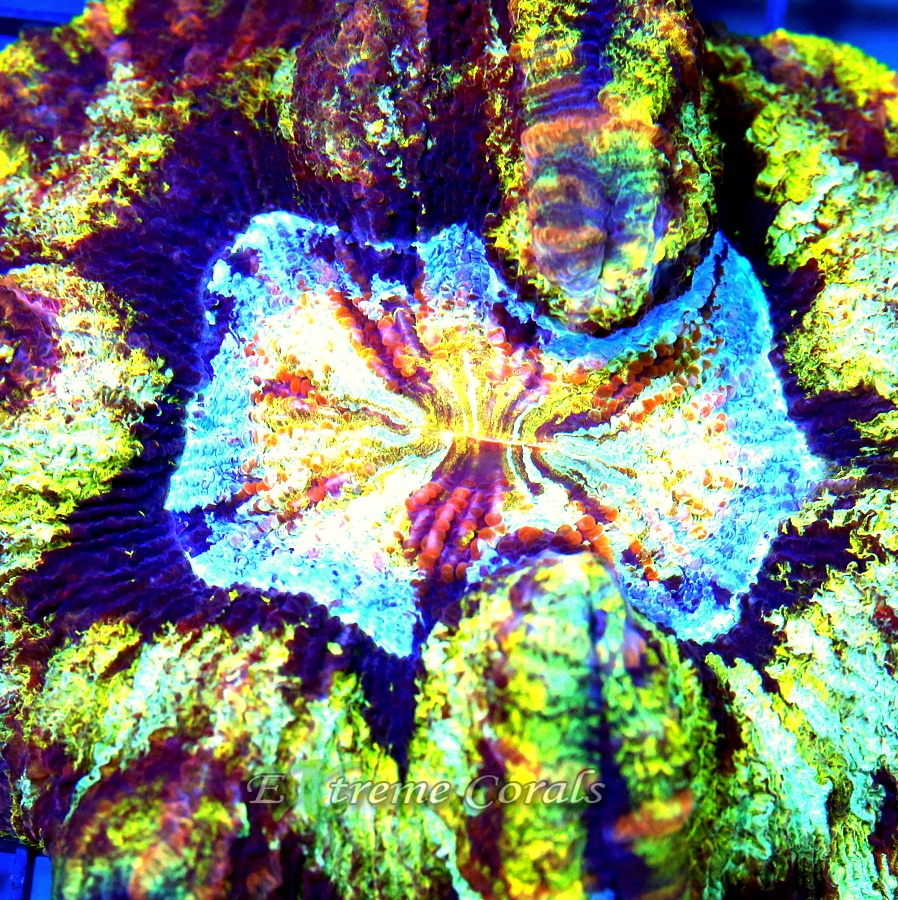
Research and studies are continuously conducted on Wellsophyllia corals to understand their impact on reef ecosystems. Scientists have found that Wellsophyllia corals play a crucial role in maintaining the biodiversity of coral reefs. Studies show that these corals provide essential habitats for various marine organisms, supporting the overall health of reef ecosystems. Ongoing research aims to further explore the environmental importance of Wellsophyllia corals in preserving the delicate balance of marine life within coral reefs.
Wellsophyllia Corals as Key Players in Maintaining Reef Health
Wellsophyllia corals play a crucial role in keeping reef ecosystems healthy. They contribute to the biodiversity of coral reefs and provide habitats for various marine species. By maintaining the balance in the reef ecosystem, Wellsophyllia corals support the overall health and resilience of coral reefs. Their significant environmental importance lies in their ability to enhance the reef's ability to withstand environmental stressors and promote its sustainability.

